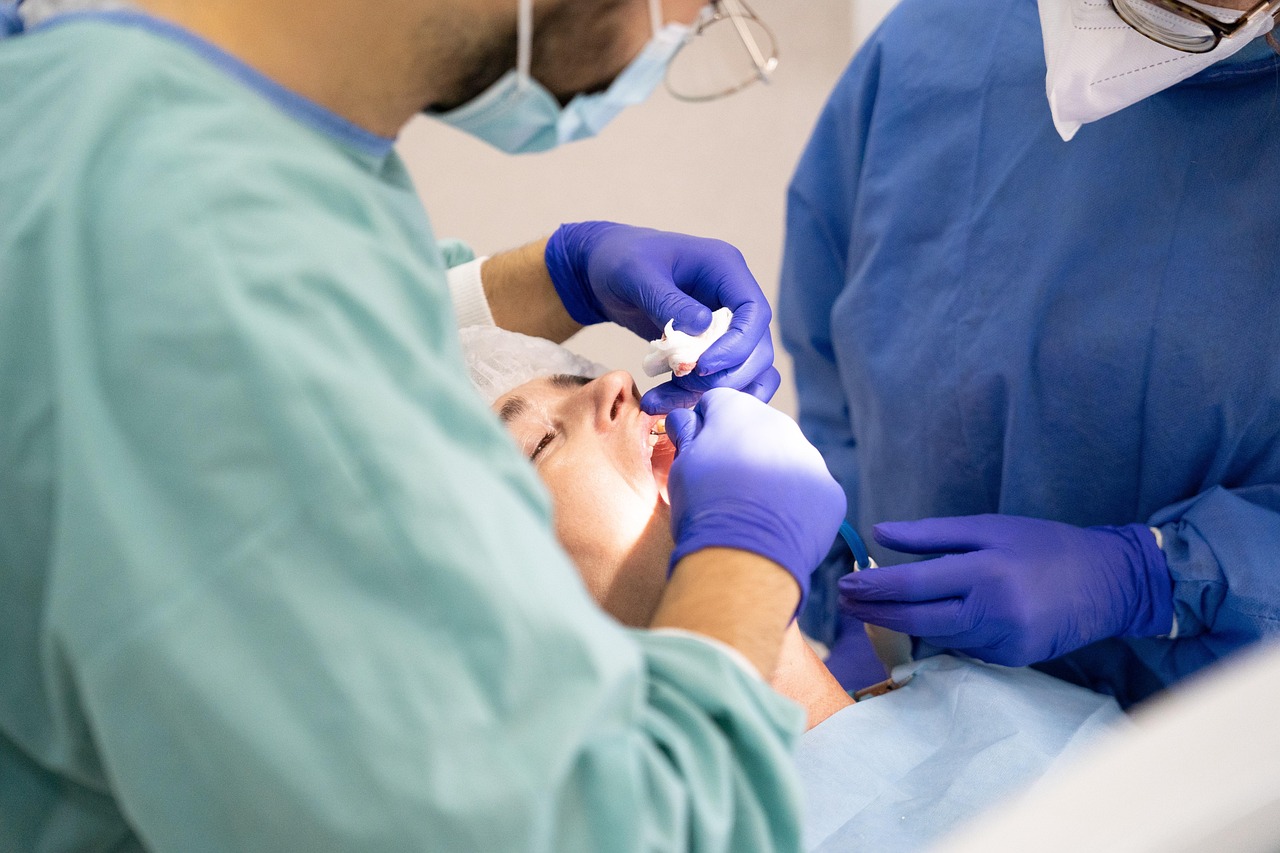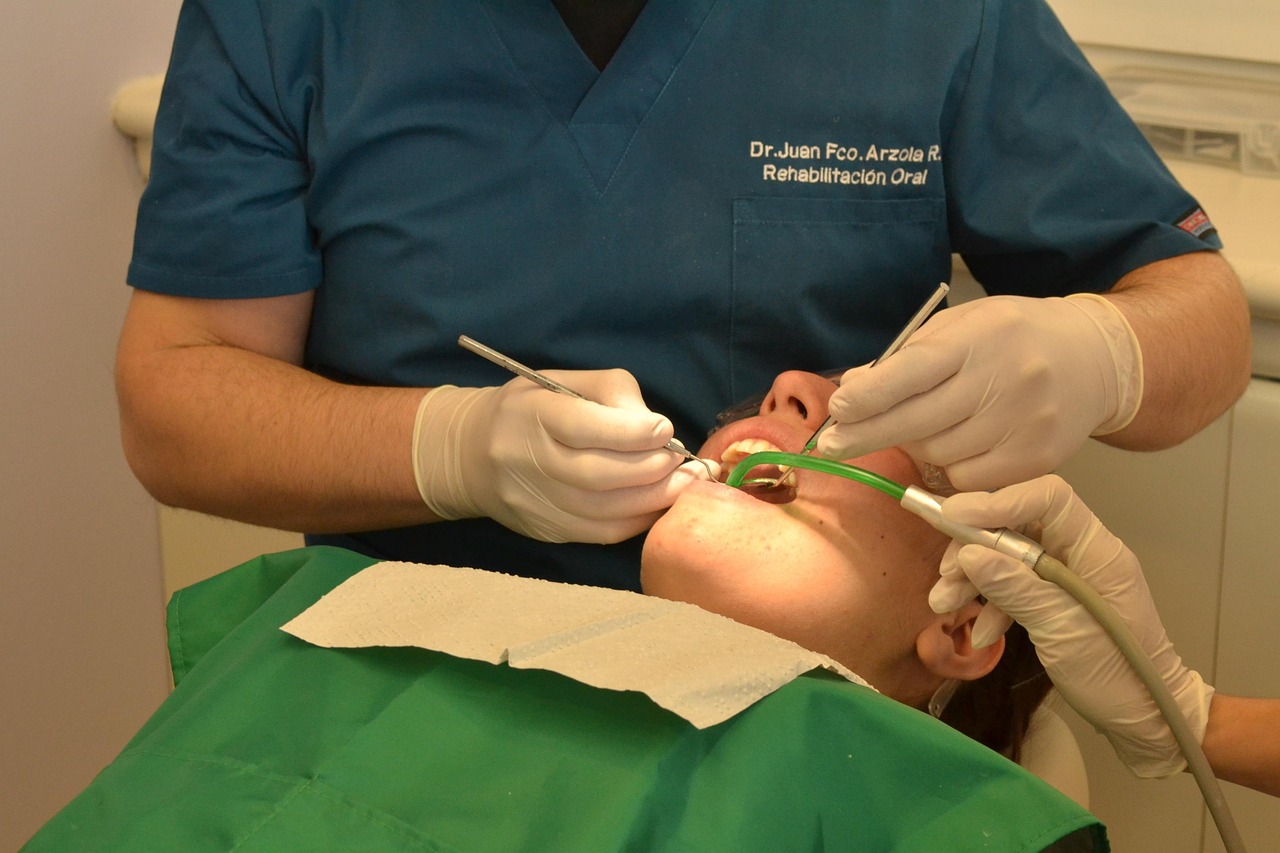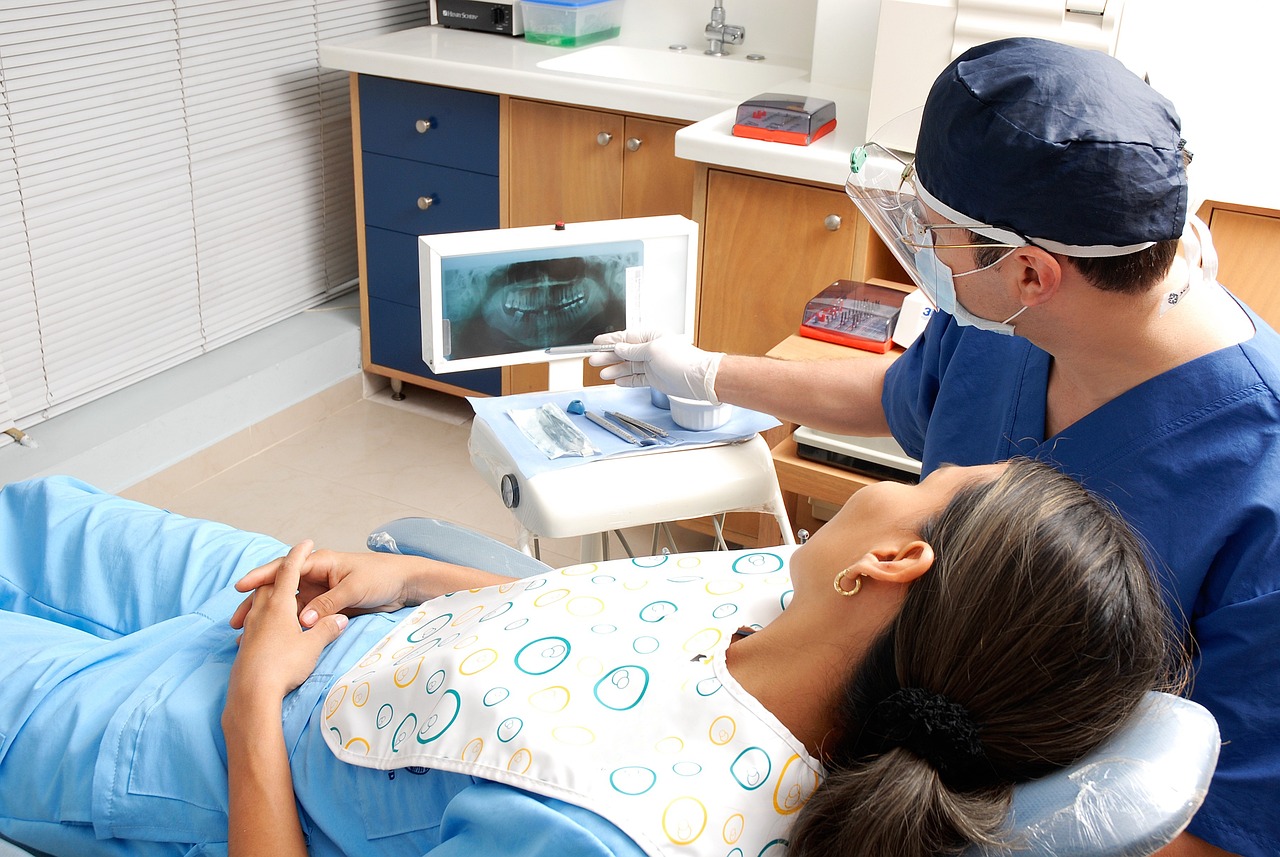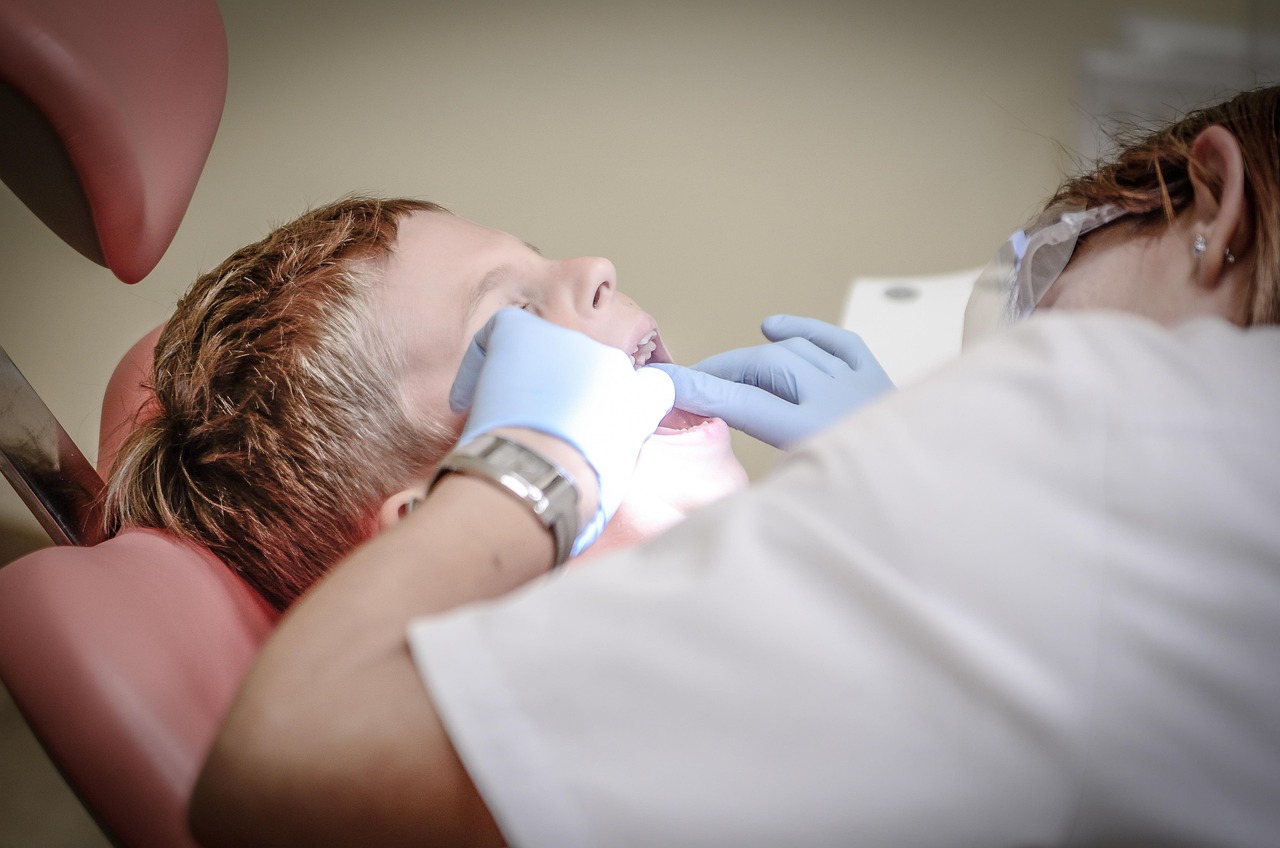TL;DR
- Facial swelling, fever, and throbbing pain can indicate infection
- Delayed treatment increases risk of spread to jaw, neck, or bloodstream
- Emergency care may include drainage, antibiotics, and definitive dental work
- Seek urgent help if you have fever, swelling, or difficulty swallowing
An untreated dental infection can escalate quickly. A dental abscess is a pocket of pus caused by bacterial infection that can spread beyond the tooth and gums if not addressed promptly.
1. How to Recognize a Dental Abscess
Common signs include:
- Throbbing, persistent tooth pain (often worse at night)
- Swollen, tender gums or a bump on the gum that may drain
- Sensitivity to hot/cold or biting
- Bad taste or odor in the mouth
- Fever, malaise, swollen lymph nodes
Red flags requiring urgent attention:
- Rapidly increasing facial swelling
- Pain with fever
- Difficulty swallowing or breathing
2. Why Delaying Care Is Risky
Infections can spread to surrounding tissues, the jaw, or even the neck and airway. In severe cases, it can lead to systemic infection (sepsis). Early intervention lowers complication risk.
3. What to Do Immediately
- Take over‑the‑counter pain relief as directed (ibuprofen/acetaminophen).
- Do not attempt to drain the abscess at home.
- Rinse gently with warm saltwater.
- Seek an emergency dentist as soon as possible; go to the ER if breathing/swallowing is affected.
4. What Emergency Dentists May Do
- Drainage of the abscess to relieve pressure and pain
- Antibiotics when indicated, especially if systemic symptoms are present
- Definitive treatment: root canal therapy, periodontal treatment, or extraction based on diagnosis
5. Prevention and Follow-Up
- Complete all prescriptions and attend follow‑up visits
- Address underlying causes (decay, deep pocketing, cracked tooth)
- Maintain regular checkups and cleanings
Conclusion
Abscesses are true emergencies. Get evaluated quickly—drainage and appropriate treatment prevent spread, reduce pain, and protect your health.



